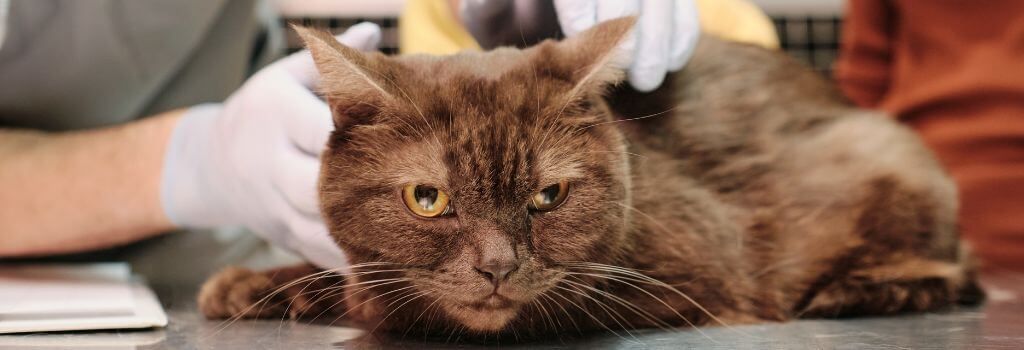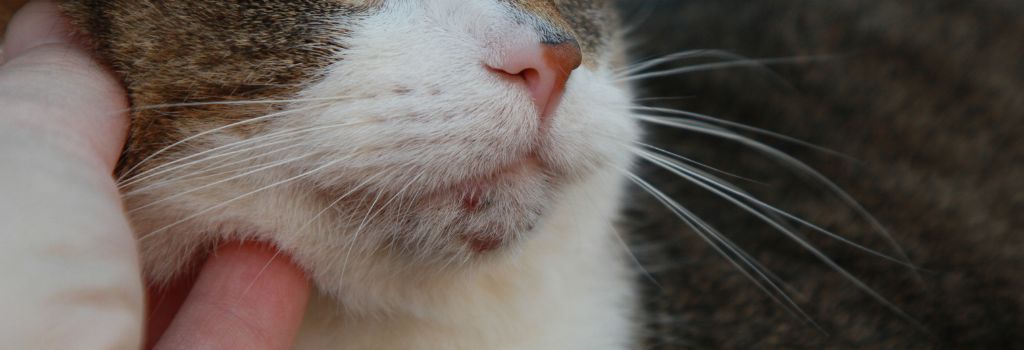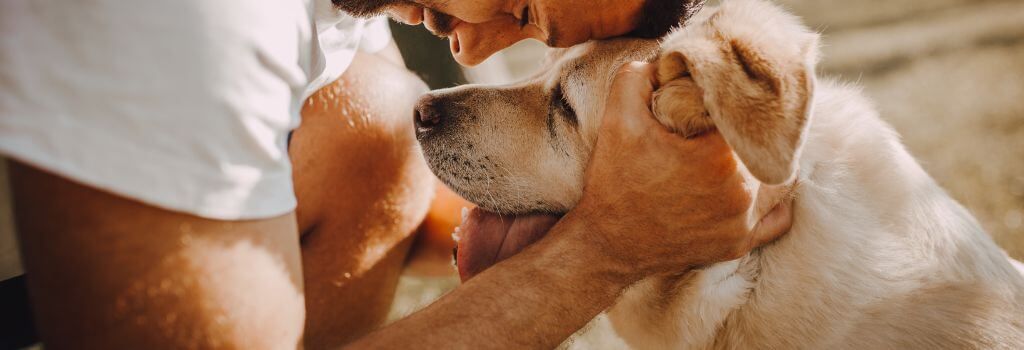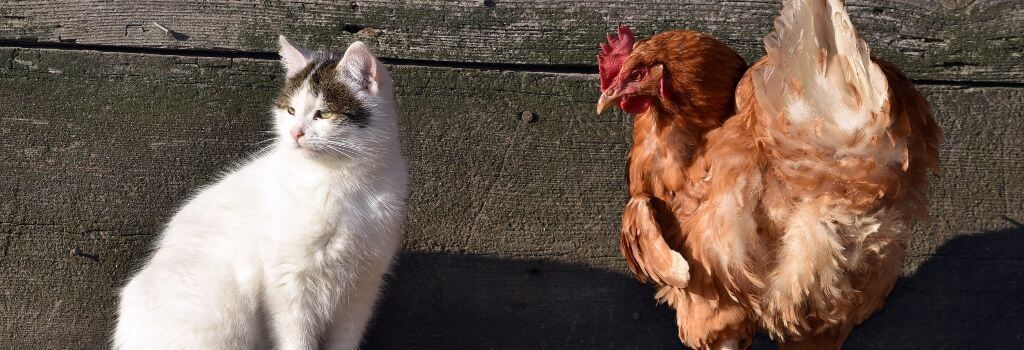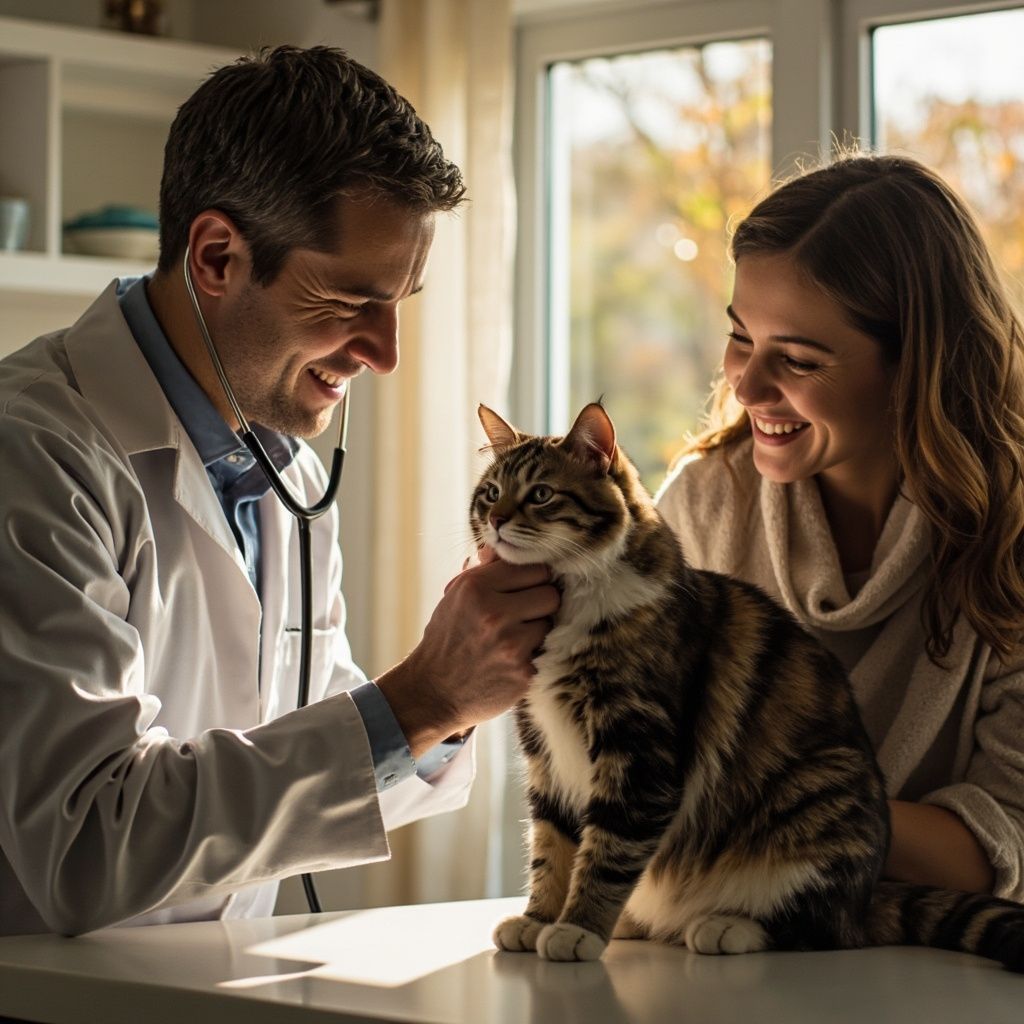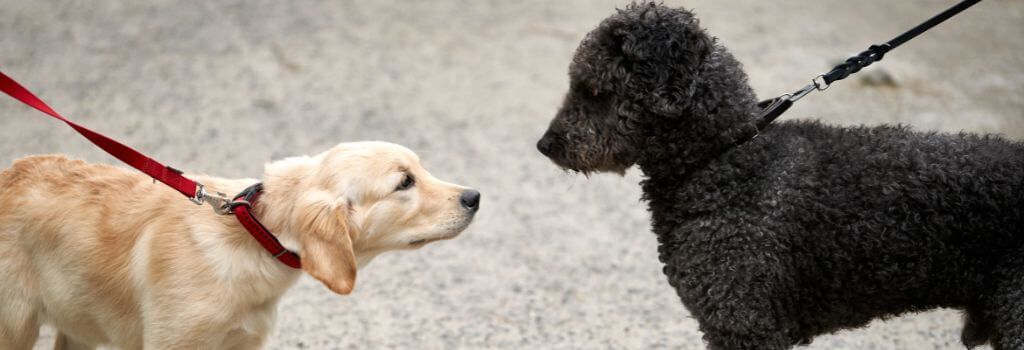6 Tips for Keeping Your Pets Safe in Wintery Weather
December is Winter Weather Safety Month , making it the perfect time to remind pet owners of the dangers that come with the cold winter months. From hypothermia risk and protecting sensitive paws to leashing your dog and ensuring adequate shelter for outdoor cats, there are many precautions to take to ensure your pets continue living their best lives straight through this cold, snowy season. Following are the top six pet safety tips to keep in mind as winter settles in so you can avoid a cat or dog emergency.
1. Consider Your Dog’s Breed & Age
Depending on the breed and age of your dog, they might be more susceptible to cold than other dogs or those you’ve owned in the past. Short-haired, thin, and senior dogs get cold quickly, so their time outside in frigid temperatures should be limited. Also, consider bundling them up in a dog sweater or coat to help maintain their body temperature, as hypothermia and frostbite are risk factors for dogs just as they are for humans. Familiarize yourself with the signs of hypothermia in dogs just in case.
2. Protect Their Paws
When walking your dog in the winter, their paws can get extremely cold from walking on ice-cold surfaces or snow-covered roads.
Consider doing the following to keep your dog safe during walks in the winter:
- Purchasing dog booties, and let them get comfortable with them in the house before venturing out on a walk
- Be aware when walking that your dog’s paws can pick up all types of toxic chemicals from walking outside in the winter, including salt, antifreeze, and potentially toxic de-icers
- Wipe off their paws after returning from a walk to prevent them from licking any of those toxins
Pet-safe de-icers exist, so check labels and purchase one of those options to be extra safe.
3. Always Use a Leash
Pets become lost in the winter more than any other season due to snowfall making their surroundings less recognizable and scents much harder to track. Keep your dog on a leash during walks and when they need to run outside to eliminate and avoid any risk of them running off. With cold temperatures prevalent in much of the country during the winter months, a lost dog is a terrifying situation. And, as always, we recommend keeping your pets’ tags on and microchipping your dogs and cats to increase the chance they’ll be returned to you when lost.
4. Provide Shelter for Outdoor Cats
In the winter, it’s best if all your pets live indoors. However, for those stubborn outdoor cats who aren’t content inside, make sure you’re providing adequate shelter. While you should obviously bring them inside in sub-zero temperatures, dry and draft-free shelter should keep them safe when temperatures are above freezing. Create a dry space for them, raised off the ground at least a few inches, and facing away from the wind. Cover the doorway with waterproof material, and make sure you’re leaving more food and water than usual. Cats lose a considerable amount of energy trying to stay warm, burning more calories in the process.
5. Avoid Walking on Ice
Many unsuspecting pet owners assume their dog is light enough to venture onto ice-covered rivers, ponds, and lakes in the winter due to their low body weight. This is especially common with those who take their dogs on winter hikes or snowshoeing, allowing them to run freely. However, you can never be 100% certain that those bodies of water are frozen solid, and even their body weight might prove to be too heavy. If they break through the ice and you’re stuck in snowshoes, cross country skis, or need to navigate through deep snow to reach them, the outcome could be tragic.
6. Check Around Your Car
Before you head out to work or elsewhere, be sure to check around your car for any outdoor cats. During the cold months, it’s very common for them to seek the warmth of a car, whether in plain sight on a warm hood or curled up inside a wheel well. It’s also typical of them to seek shelter underneath a car for both the warmth it provides and as cover from the elements. Take a quick 360-degree look before turning on your car, and give a bang on the hood or roof to startle them away just in case you missed them during your walk-around.
As winter settles throughout much of the U.S., taking precautions to protect your pet and other animals from the cold weather is critical to their health and well-being. By spending just a few minutes adding an extra layer of safety to your routines, you could be sparing the life of your family pet. Contact us if you would like to learn more about winter safety for your pets, or perhaps you’re overdue for your pet’s next wellness exam.
Recent Posts

